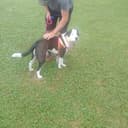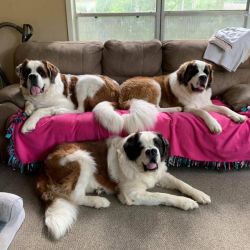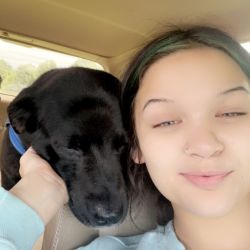Origins and Temperament
Originally from Hungary, the Vizsla is a breed known for its distinguished hunting abilities and warm companionship. These intelligent and affectionate dogs are often referred to as 'Velcro dogs' due to their clingy nature. Vizslas possess an expressive demeanor — they are sensitive and thrive on attention from their human counterparts. It's essential to consider their need for closeness when planning for transport, as they may experience separation anxiety if left alone or confined for extended periods.
Size and Physical Needs
Vizslas typically weigh between 45 to 65 pounds and have a sleek, muscular build. They require ample exercise to satisfy their high energy levels, making it crucial to consider stops for physical activity during transportation. Additionally, their short coats do not offer much protection from extreme temperatures, so any transport arrangements should provide for climate-controlled environments to keep them comfortable.
Common Health Considerations
Vizslas are generally healthy but can suffer from issues like hip dysplasia. When traveling, it's vital to have their health records on hand, including documentation for vaccinations and recent vet visits. Keeping a Vizsla's routine as consistent as possible and allowing for space to stretch out can help prevent undue stress and mitigate the risk of health complications while on the road.
















